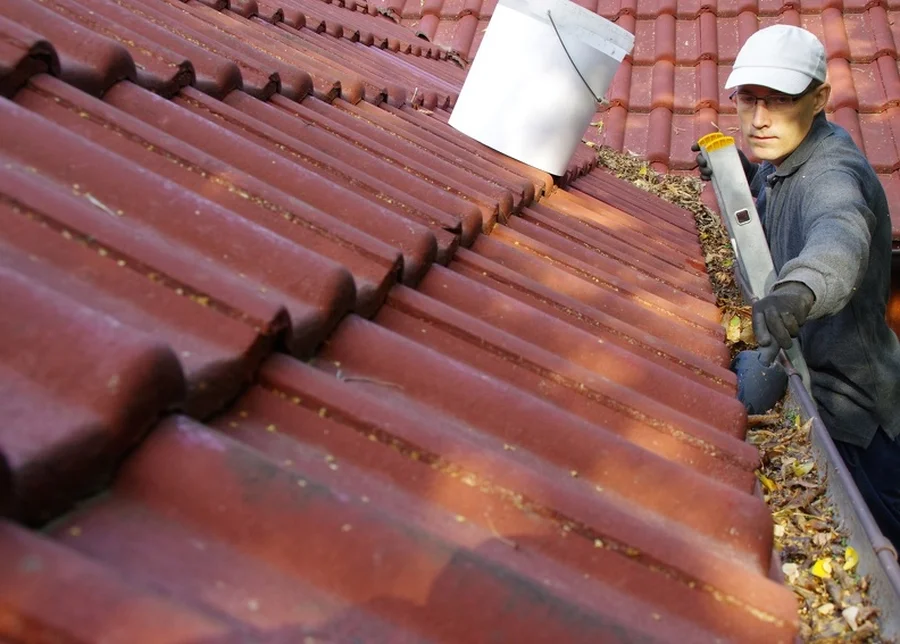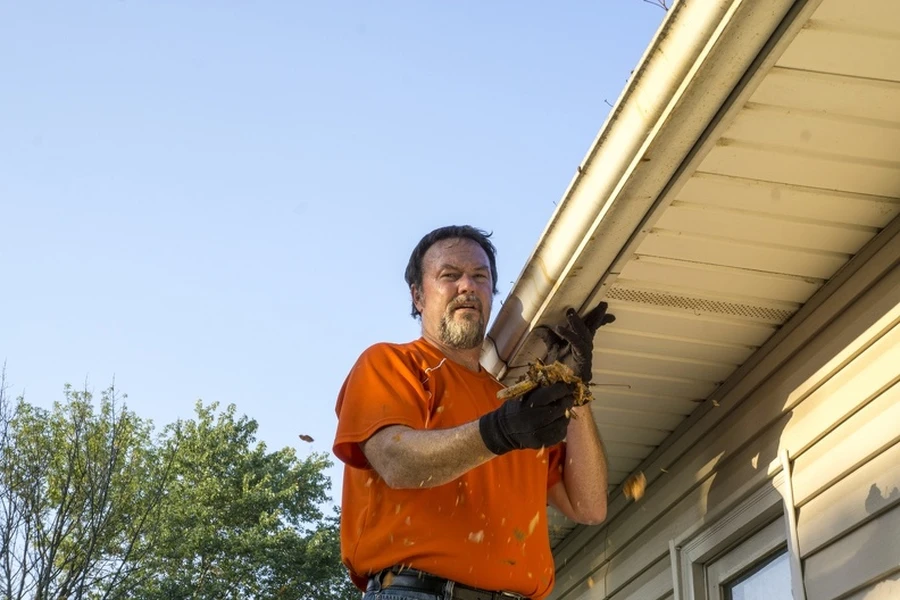How to Recognize and Address Tire Wear and Tear
Tires play a vital role in your vehicle’s safety. It’s crucial to understand the signs of tire damage before it leads to a blowout. Noticing these indicators early can prevent accidents and save money on costly repairs. This guide will help you identify common signs of tire wear and provide tips for maintenance.

Recognizing Uneven Tread Wear
One common sign of tire damage is uneven tread wear. If you notice that certain parts of your tires are more worn than others, it could indicate improper alignment or suspension issues. Addressing this problem early can prevent further damage. Regularly checking your tire tread depth with a penny test can also help ensure even wear.
The Impact of Sidewall Cracks
Sidewall cracks often signal that your tires are aging or have been exposed to harsh environmental conditions. These cracks can lead to slow leaks or sudden blowouts. To avoid this, inspect your sidewalls regularly for any visible damage. Keep your tires clean and protected from excessive sunlight to extend their lifespan.
Bubbles and Blisters: A Serious Concern
Bubbles or blisters on your tire’s surface are serious warning signs. These form when air escapes from inside the tire layers, indicating potential structural damage. Continuing to drive on such tires increases the risk of a blowout. Replacing affected tires immediately is the best course of action.
Importance of Maintaining Proper Air Pressure
Maintaining correct tire pressure ensures optimal performance and longevity. Under-inflation leads to increased wear on the tire edges, while over-inflation causes central tread wear. Both conditions can affect handling and increase the chances of a blowout. Regularly check and adjust your tire pressure according to the manufacturer’s guidelines.
Identifying Vibrations While Driving
If you experience unusual vibrations while driving, it might be due to unbalanced tires or misalignment. This not only affects driving comfort but also accelerates tire wear. Routine balancing and alignment checks can resolve these issues, ensuring a smoother ride and prolonging tire life.
When to Consider Gutter Cleaning
Apart from tire maintenance, consider other routine car care tasks like maintaining gutters on your garage. Gutter cleaning helps prevent water accumulation around your parking area, which can corrode tires over time. Keeping gutters clean ensures a dry environment for your car, reducing potential tire damage risks.
- Check tires monthly for signs of irregular wear
- Replace tires at first sign of bubbles or blisters
- Ensure regular alignment and balance checks
The Role of Professional Inspections
Professional inspections are invaluable for detecting hidden tire problems. Skilled mechanics can spot issues that aren’t immediately visible, providing expert guidance on necessary repairs or replacements. Schedule inspections regularly to maintain peak performance and safety.
Incorporating Seasonal Maintenance
Seasonal changes affect tire performance and durability. Cold weather can lower air pressure, while hot conditions might increase it. Adjust your maintenance routine accordingly by checking pressures more frequently during these times. Stay ahead of seasonal impacts by adapting your upkeep strategies.
Why Gutter Cleaning Matters for Tire Care
Beyond direct tire care, keeping areas like garage gutters clean prevents moisture buildup that can affect the integrity of rubber components nearby. Ensure gutter cleaning is part of your broader vehicle maintenance plan to safeguard against indirect causes of tire damage.

Your Trusted Partner in Tire Care
Regular vigilance keeps your vehicle safe and efficient. Located in Glen Allen, VA, I offer comprehensive tire inspection services tailored to meet individual needs. Trust C&J Gutter Services - Glen Allen for expert guidance in maintaining the health of your tires. Call me today at (804) 634-4617 for professional advice and service.